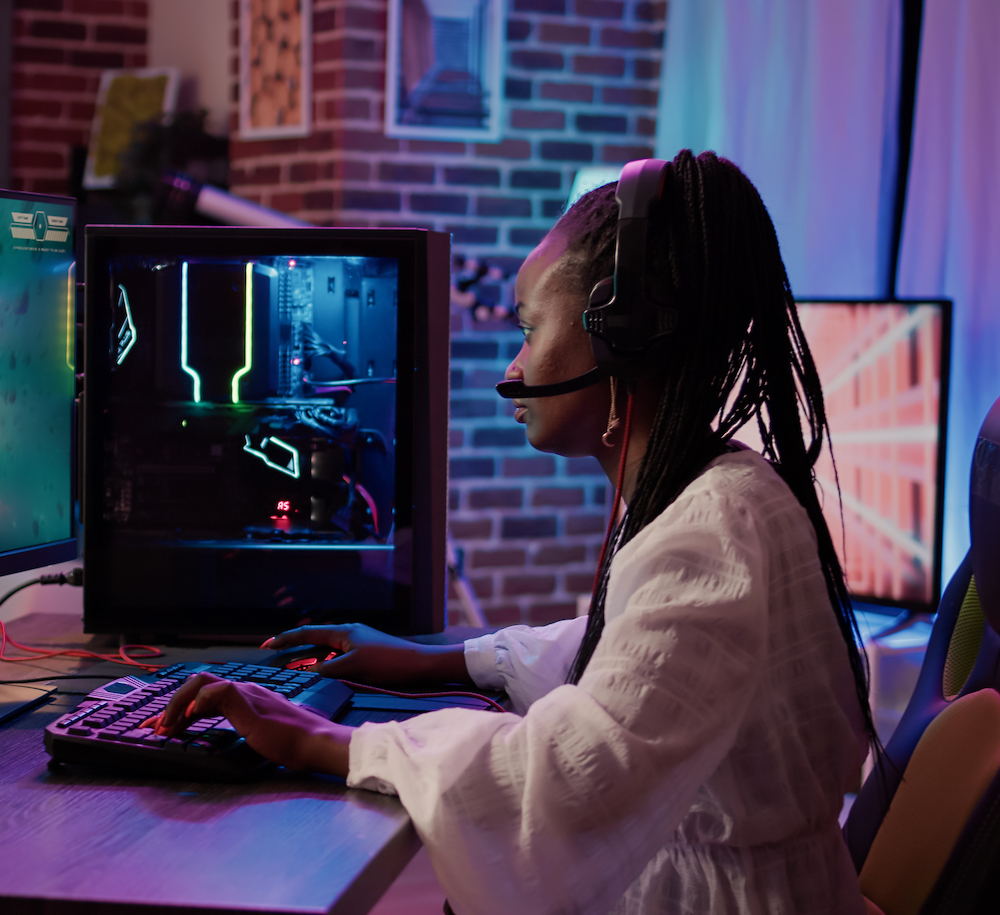Game Localization
Services
At iXie, we collaborate and work with passionate gaming professionals who are experts at delivering an expansive range of game localization services ensuring an immersive end user experience.
We provide quality Translation and Localization services to clients from North and Latin America, Europe, and Asia.

Why Choose iXie?
We provide unmatched quality translation services with a creative vision and attentive client service by native and non-native speaker translators.

Superior Quality – Professional and competent editors thoroughly check every translation work to achieve the highest quality possible.

Availability – A fully scalable business model with quick turn around times and flexibility to ramp up resources at short notices.

Competitive Rates – Our rates are the most affordable among translation companies worldwide. We provide full ROI on our projects based on client needs, without any compromise on quality.
Area of translation expertise
We offer a range of proven game localization services that include games as well as software applications for Mobile, PC, Console, and Web along with Legal, Technical, User guides and Operating instructions.

Our Team – Translators, Editors and Reviewers
In addition to being native speakers of target languages and certified language translation professionals, iXie translators, editors, and reviewers have the following:

iXie’s Localization Process
Our localization process is stable yet flexible enough to address your individual needs. The following is an example of our game localization process:
Project Management
The project manager oversees your project from beginning to end. He or she also communicates with you throughout the process, so you’re aware of what’s going on every step of the way. The Project Manager will:
The Team
In addition to a project manager, the team assigned to your project may include the following:
Preparation
Once we receive the necessary files from you, we do the following:
1. Confirm which target language(s) the product needs to be translated into, including, if applicable, which variation of the language(s) — for example, English into Serbian (Latin or Cyrillic), English into Albanian (Kosovo or Albanian dialect) and so on.
2. Check the integrity of each file. Confirm the file type and make sure we can access it.
3. Create a glossary.
4. Create a translation memory using previously translated company materials (when available).
Translation of support literature
We translate the corresponding documentation in order to:
